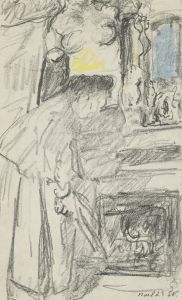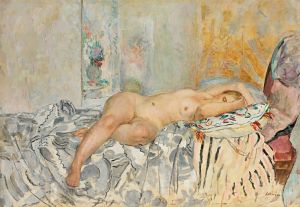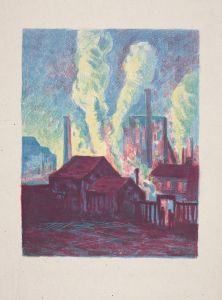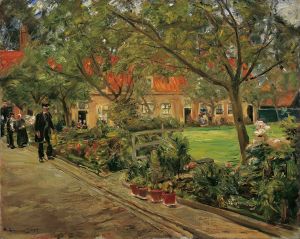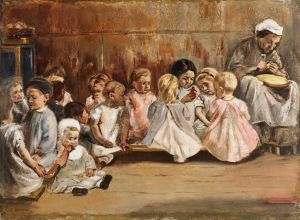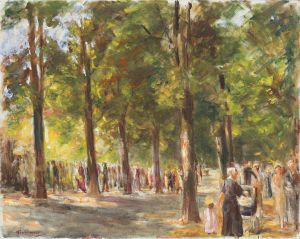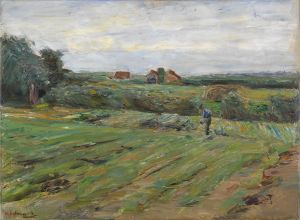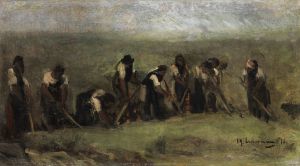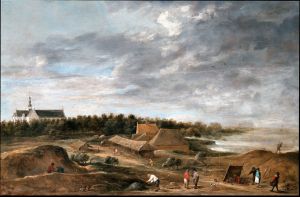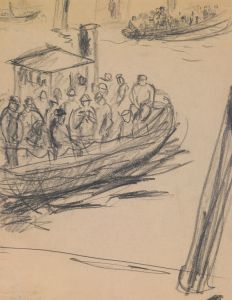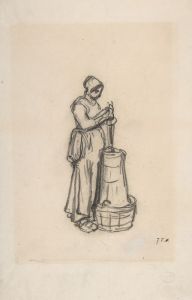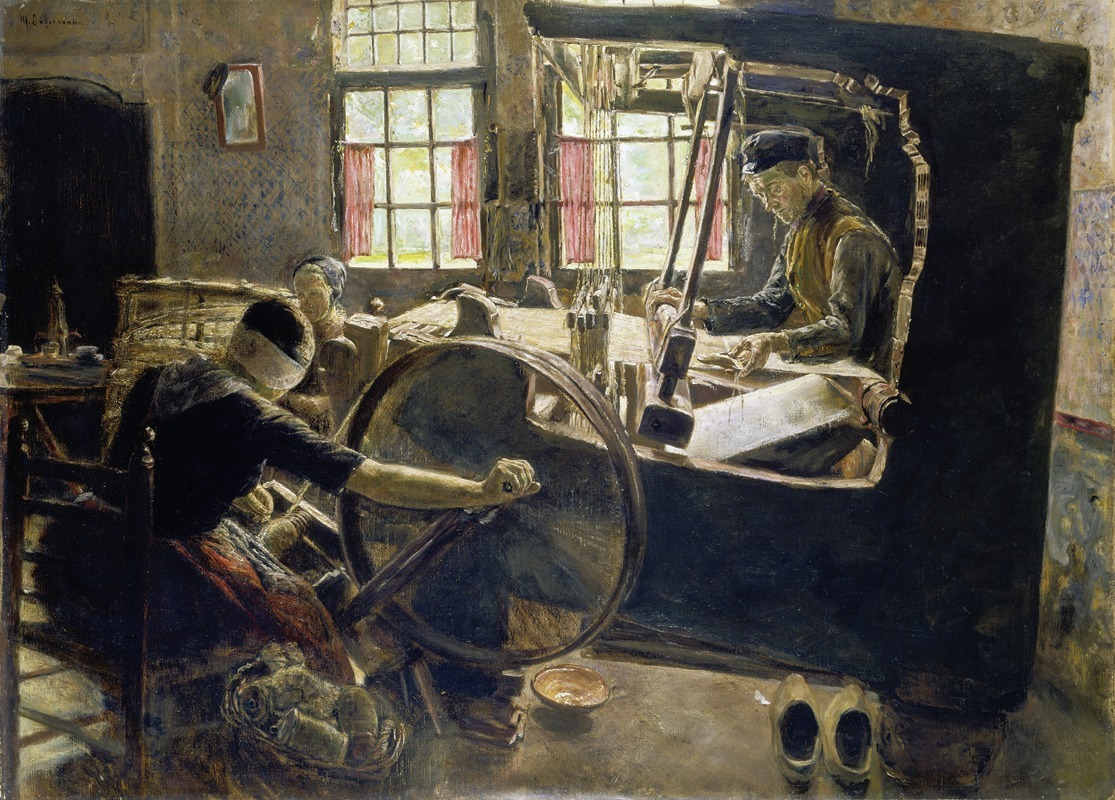
The Weaver
A hand-painted replica of Max Liebermann’s masterpiece The Weaver, meticulously crafted by professional artists to capture the true essence of the original. Each piece is created with museum-quality canvas and rare mineral pigments, carefully painted by experienced artists with delicate brushstrokes and rich, layered colors to perfectly recreate the texture of the original artwork. Unlike machine-printed reproductions, this hand-painted version brings the painting to life, infused with the artist’s emotions and skill in every stroke. Whether for personal collection or home decoration, it instantly elevates the artistic atmosphere of any space.
Max Liebermann was a prominent German painter and printmaker, associated with the Impressionist movement. One of his notable works is "The Weaver," which reflects his interest in depicting the lives of ordinary people and laborers. Liebermann was known for his ability to capture the essence of everyday life with a sense of realism and empathy, and "The Weaver" is a testament to this skill.
"The Weaver" was created during a period when Liebermann was particularly focused on themes of manual labor and the working class. This interest was partly influenced by the social and economic changes occurring in Europe during the late 19th and early 20th centuries, as industrialization transformed traditional ways of life. Liebermann, like many of his contemporaries, was drawn to the idea of portraying the dignity and hardship of laborers, which was a common theme in the art of this period.
In "The Weaver," Liebermann depicts a weaver at work, engrossed in the task at hand. The painting is characterized by its attention to detail and the realistic portrayal of the weaver's environment. Liebermann's use of light and shadow adds depth to the scene, highlighting the textures of the fabric and the weaver's focused expression. The composition is carefully balanced, drawing the viewer's eye to the central figure of the weaver, while also providing a glimpse into the surrounding workspace.
Liebermann's technique in "The Weaver" reflects his Impressionist influences, particularly in his use of loose brushstrokes and a muted color palette. This approach allows him to convey the atmosphere of the scene and the physicality of the weaver's labor. The painting is not just a representation of a single moment in time, but rather an exploration of the broader themes of work, perseverance, and the human condition.
Max Liebermann's work, including "The Weaver," played a significant role in the development of modern art in Germany. As a leading figure in the Berlin Secession, an art movement that sought to break away from traditional academic standards, Liebermann was instrumental in promoting new artistic ideas and techniques. His focus on realism and everyday subjects helped pave the way for future generations of artists who sought to capture the world around them in innovative ways.
"The Weaver" remains an important example of Liebermann's artistic legacy, showcasing his ability to blend technical skill with a deep understanding of his subjects. Through this painting, Liebermann invites viewers to consider the lives of those who toil behind the scenes, contributing to the fabric of society in ways that are often overlooked. His work continues to be celebrated for its insight, humanity, and enduring relevance in the history of art.





